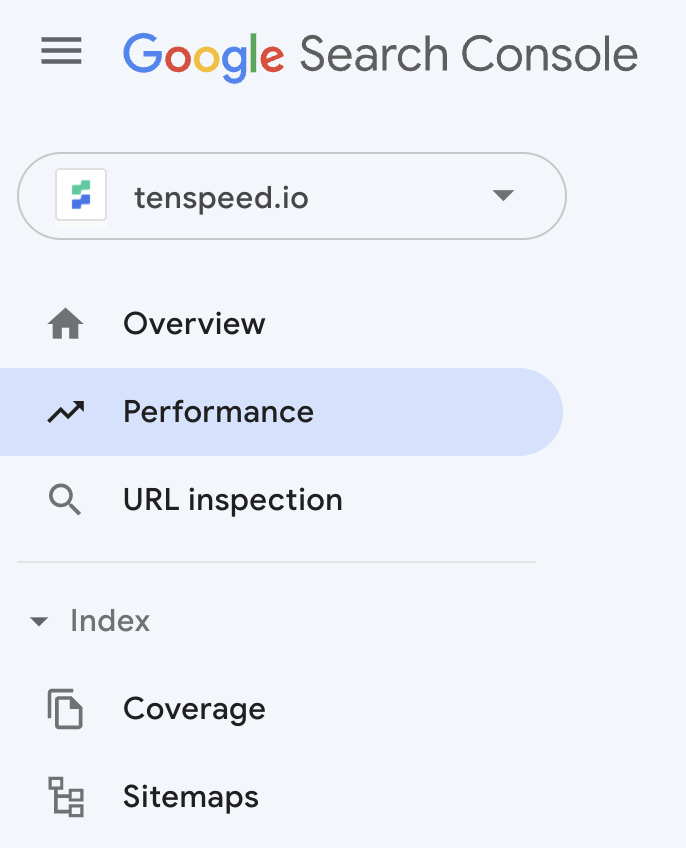A painfully obvious initial #SEO strategy for content such as blogs [Thread 🧵]
One of the cores of marketing is helping your potential customers solve their pain points.
Pain points are another way of saying "challenges."
#SEOstrategy #contentmarketing #ContentStrategy
One of the cores of marketing is helping your potential customers solve their pain points.
Pain points are another way of saying "challenges."
#SEOstrategy #contentmarketing #ContentStrategy
Let's say that your company provides either a service or software solution for employee onboarding.
Doing a simple Google search for "onboarding challenges" gets us these results:
Doing a simple Google search for "onboarding challenges" gets us these results:

Copy and paste the link of any of these top pages into @Ahrefs or @semrush
Great - low KD - relatively small traffic - but it speaks to the audience I want to help.
This becomes my pillar target. The connective hub of my initial content-building strategy.
Great - low KD - relatively small traffic - but it speaks to the audience I want to help.
This becomes my pillar target. The connective hub of my initial content-building strategy.

Now jump into the top pages and see what the listed "challenges" are in each piece.
One of the top URLs:
One of the top URLs:

Keep going, grabbing more challenges, issues, and hurdles.
Now sort out duplicates and do your best to get to the challenges that you know directly can be solved by your product. Great.
Next...
Now sort out duplicates and do your best to get to the challenges that you know directly can be solved by your product. Great.
Next...
Take each item on your list and do a Google search.
Example: "lack of role clarity" - this came up on several of the lists so lets look at what people are talking about in relationship to that.
Google "create role clarity" (solution)
Grab a top link and throw it in Ahrefs.
Example: "lack of role clarity" - this came up on several of the lists so lets look at what people are talking about in relationship to that.
Google "create role clarity" (solution)
Grab a top link and throw it in Ahrefs.

Since all of these keywords are ranked in the top 10 for a single page - You can assume that most of them belong to a single piece of content (have the same intent).
And I'll go look at that main/highest ranking keyword for this post "role clarity"
And I'll go look at that main/highest ranking keyword for this post "role clarity"

As you can see, you've got an easy target at about 4 KD, speaking directly to a solution for our persona's "challenges."
This will give you your first piece of cluster content.
This will give you your first piece of cluster content.
How this will start to pillar and cluster or wheel and spoke:
In your "challenges" list (pillar post), you'll likely have an H2 or H3 section about "lack of role clarity" being a problem.
From that section, you'll link to your new "role clarity" piece...
In your "challenges" list (pillar post), you'll likely have an H2 or H3 section about "lack of role clarity" being a problem.
From that section, you'll link to your new "role clarity" piece...
You can do this via an inline prompt (soft CTA) inviting them to learn more about creating role clarity in your more detailed article.
In your piece on creating role clarity - you'll hopefully be able to allude to how a product like yours solves the problem - add a CTA invite
In your piece on creating role clarity - you'll hopefully be able to allude to how a product like yours solves the problem - add a CTA invite
For the rest of the strategy - simply repeat the above process for each of the challenges that we gathered at the beginning, link from your pillar post, then link into product.
You're targeting an ICP, providing helpful solutions, and making your product a part of that solution.
You're targeting an ICP, providing helpful solutions, and making your product a part of that solution.
For more transparent SEO threads like this feel free to give me a follow @I___DEREKflint
And I'll be building more content similar to this in my newsletter 🙏
derekseo.substack.com
And I'll be building more content similar to this in my newsletter 🙏
derekseo.substack.com
• • •
Missing some Tweet in this thread? You can try to
force a refresh










